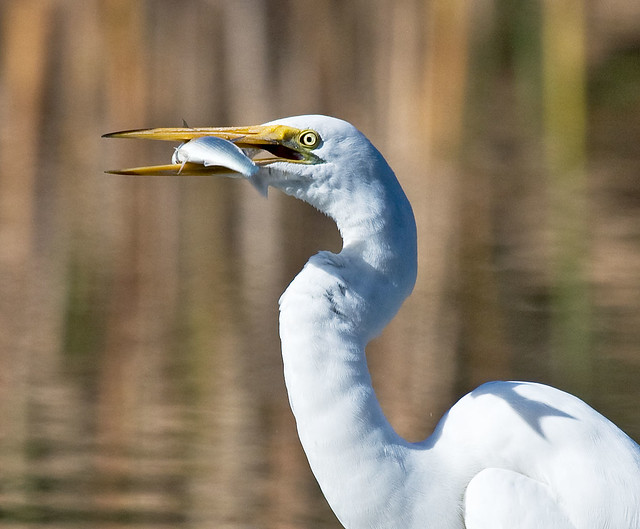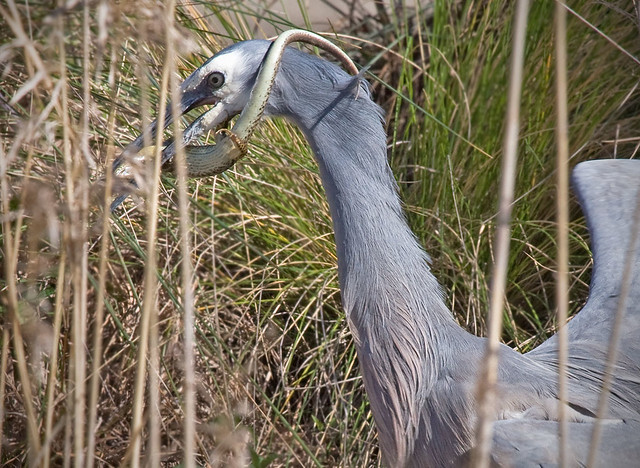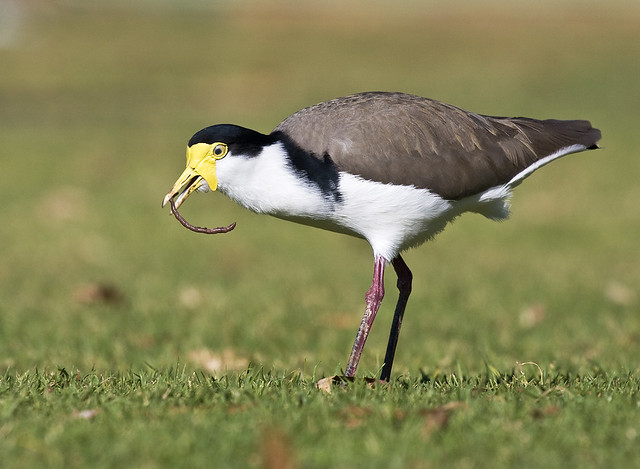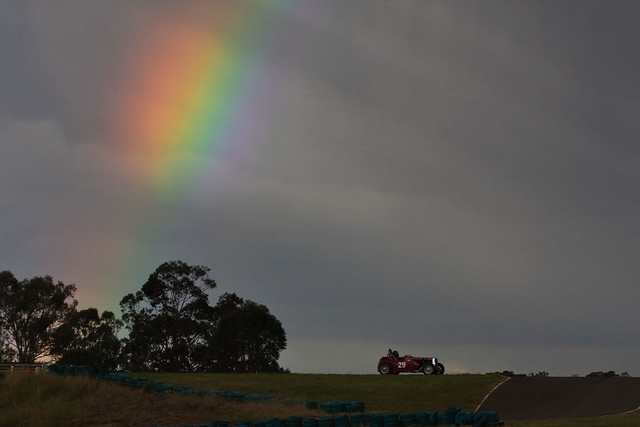Capturing the "moment"
This is inspired by a request in the forums for sprts/action photography resources.
Patience .
Especially when shooting wildlife, and sometimes for other forms of photography, you may have to wait quietly for the "moment" to happen. When it does happen it will be all over in a couple of seconds so never remove your eye from the viewfinder and have your finger on the shutter button ready for shooting.
Some examples
(1) A wild egret in a public park.
I tracked this guy for about 45 minutes, getting a few shots of him looking for fish. We were both finally rewarded. From the time his head started dipping to the fish disappearing, live, down his throat was about 3 seconds. This where a mono pod helps with taking the load off your arms when using a heavy lens.

(2) Same location.
This guy was moving around in the grass for a while. It was just a matter of sitting quietly, and tracking him, for a few minutes before we were both successful.

(3) On a village green on suburban Sydney, Australia.
Early one sunday morning a few of these guys were out for a feed. It was just a matter of lying on my stomach, ignoring the comments of my wife, and tracking the birds. After about 20 minutes this was the result.

(4) Shot at a motor racing event. The sky is natural and the MG driver loves my pics of him & his car (I always makes sure he gets a couple). Sometimes you just get lucky and everything falls into place.

Shooting practice really does help you master your camera as well as practice visualising scenes even when you are not in a position to use a camera will do a lot to improve your photographic vision and make a lot more moments visible.
This is inspired by a request in the forums for sprts/action photography resources.
Patience .
Especially when shooting wildlife, and sometimes for other forms of photography, you may have to wait quietly for the "moment" to happen. When it does happen it will be all over in a couple of seconds so never remove your eye from the viewfinder and have your finger on the shutter button ready for shooting.
Some examples
(1) A wild egret in a public park.
I tracked this guy for about 45 minutes, getting a few shots of him looking for fish. We were both finally rewarded. From the time his head started dipping to the fish disappearing, live, down his throat was about 3 seconds. This where a mono pod helps with taking the load off your arms when using a heavy lens.

(2) Same location.
This guy was moving around in the grass for a while. It was just a matter of sitting quietly, and tracking him, for a few minutes before we were both successful.

(3) On a village green on suburban Sydney, Australia.
Early one sunday morning a few of these guys were out for a feed. It was just a matter of lying on my stomach, ignoring the comments of my wife, and tracking the birds. After about 20 minutes this was the result.

(4) Shot at a motor racing event. The sky is natural and the MG driver loves my pics of him & his car (I always makes sure he gets a couple). Sometimes you just get lucky and everything falls into place.

Shooting practice really does help you master your camera as well as practice visualising scenes even when you are not in a position to use a camera will do a lot to improve your photographic vision and make a lot more moments visible.
No comments:
Post a Comment